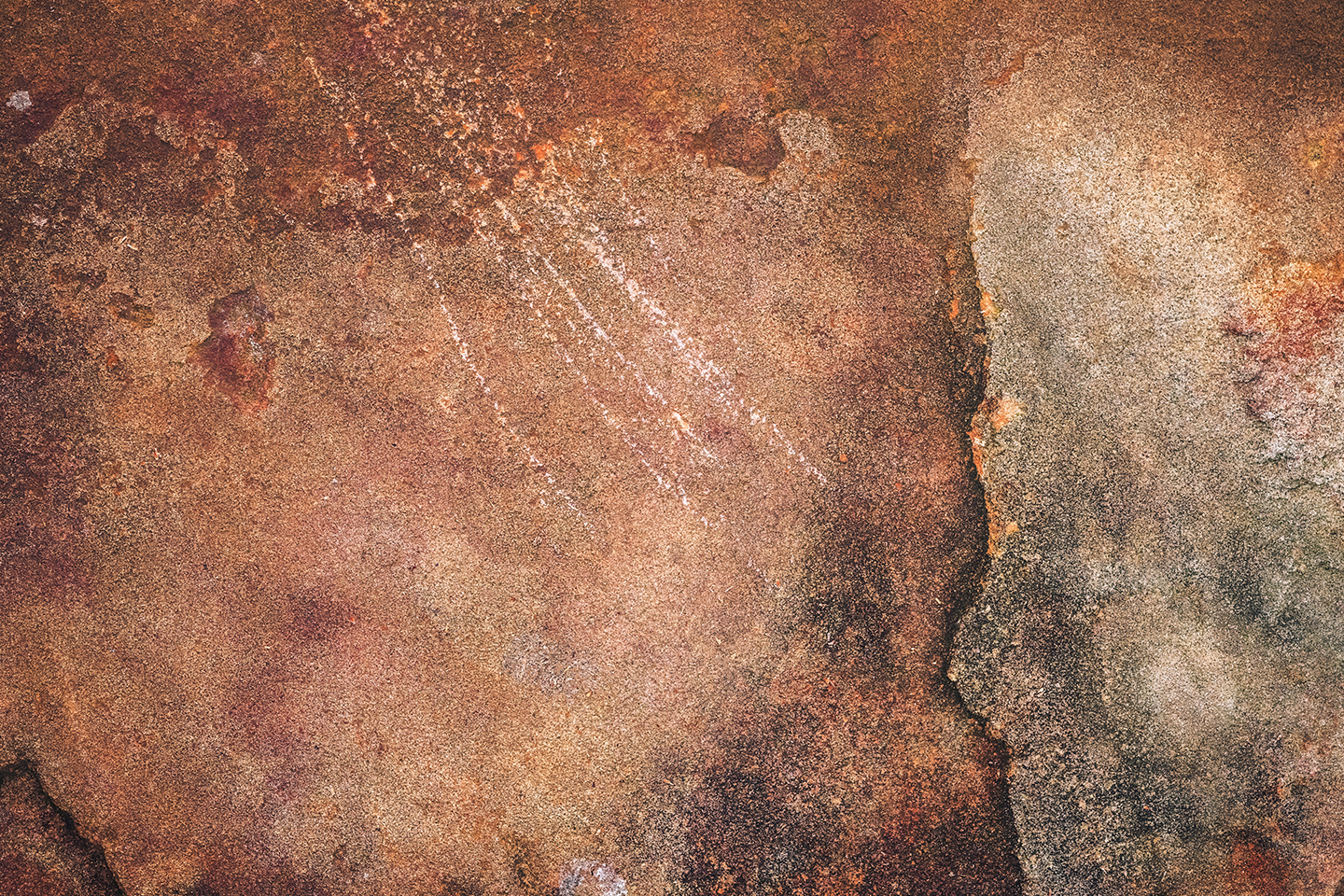LNAPL Removal
Brief
At an active bulk storage facility located on the outskirts of a town in Northern Saudi Arabia, wells installed within fractured sandstone had accumulated up to 13m of LNAPL in the form of gasoline, kerosene, and diesel. The depth of the LNAPL, approximately 40m below ground surface, combined with the saline groundwater, required special equipment that could withstand salt corrosion as well as overcome the pumping issues associated with small diameter wells. Furthermore, the location of the treatment system required a secure, explosion-proof, low-impact solution that could function without interfering with the facility’s daily operations.
Process
To capture and recover the LNAPL, in the form of free-phase gasoline, kerosene, and diesel, IRSL and their partner used specialized submersible pumps installed within 0.1m diameter wells. The pumps were powerful enough to accommodate the 40mbgs depths and all components were constructed of stainless steel and carbon steel to withstand corrosion. The proprietary design aimed to enhance the density differences between the LNAPL and saline groundwater while maximizing natural attenuation processes to address the dissolved phase impacts. The above-ground systems covered a footprint of less 24m2 and consisted entirely of explosion-proof components.
Results
The LNAPL plume was contained and shrinking.
LNAPL thickness in the monitoring wells decreased by over 95% within three months.
System operation and maintenance costs have decreased relative to inflation over time.
View More DetailsReady to get started?
Speak with our engineering team about how our environmental remediation services can help you in your remediation journey and take the next steps to building a better environment and a cleaner community with your project.
I'm ready to Start